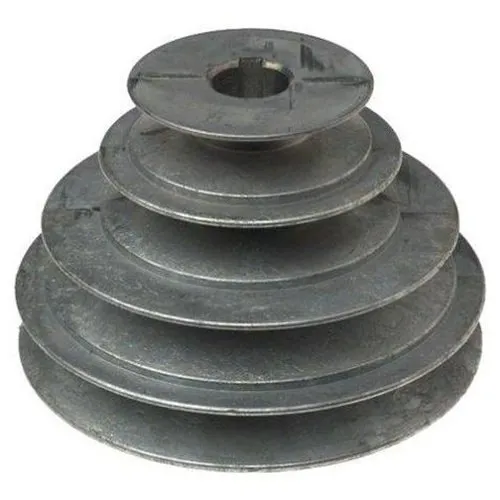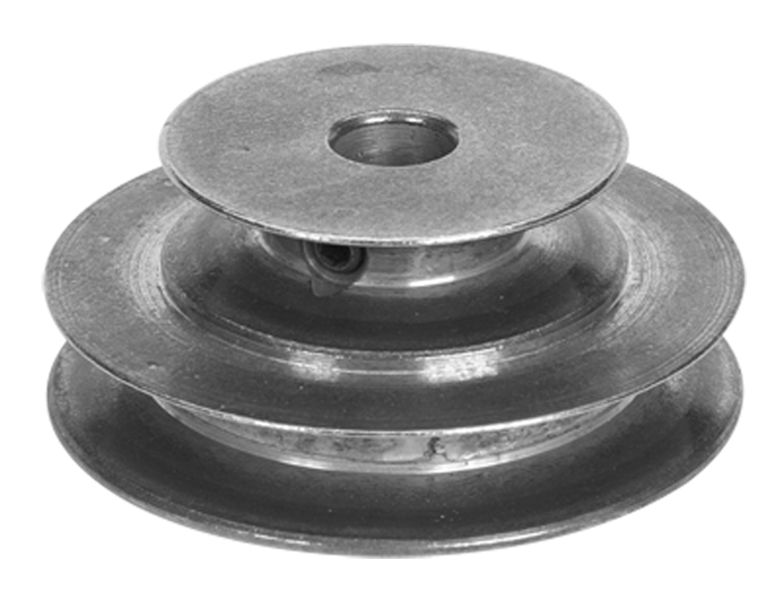Product Description
Products Type
We can do round,square,rectangular,flanged,etc,any kinds plastic caps or stoppers as your requiremnt.
Products Specification
- Various type for your choice.
- Good abrasion, heat and oil resistance.
- Good anti-aging performance and gas tightness.
- Ease of bonding to other material.
- Excellent oxygen and CHINAMFG resistance.
- Non-flammable,self-extinguish.
| Material | PA,PA6,PA66,PP,PE,LDPE,HDPE,UWHDPE,PTFE,POM,ABS,or Custom Compound (Any custom compound plastic is available) |
| Size | According to samples or drawings |
| Color | Black,white,red,green,transparent or any color according to Pantone colors |
| Finish | High Gloss,Fine Grain,Electroplating,Painting,Printing,Texture etc,or as request |
| Type | Round,square,rectangular,or any nonstandard shape as request |
| Logo | Debossed,embossed,printed logo or as request |
Plastic Material Properties
Company Profile
Zhongde (ZheJiang ) Machinery Equipment Co.,LTD is a company integrated in design,OEM&ODM plastic&rubber&CNCparts production.We can provide the best products and service at a competitive price.
Main Products
We can provide OEM service,which means producing base on your drawings or samples,also we can design according to its application or customer`s requirments.
Order Operation Flow
We execute each step according to the operation process flow, strictly, seriously and meet the requirements of customers with good quality on time.
For Fast Quotation,Please Inform Below Details
- Production type
- Material specification (or let us know the using environmental)
- Size details? (or provide drawings or samples for refference)
- Quantity request
- Prefer color
| Certification: | CE, ISO |
|---|---|
| Pulley Sizes: | Type D |
| Manufacturing Process: | Forging |
| Samples: |
US$ 999/Piece
1 Piece(Min.Order) | Order Sample For sample price, package information, and logisti
|
|---|
| Customization: |
Available
| Customized Request |
|---|
.shipping-cost-tm .tm-status-off{background: none;padding:0;color: #1470cc}
|
Shipping Cost:
Estimated freight per unit. |
about shipping cost and estimated delivery time. |
|---|
| Payment Method: |
|
|---|---|
|
Initial Payment Full Payment |
| Currency: | US$ |
|---|
| Return&refunds: | You can apply for a refund up to 30 days after receipt of the products. |
|---|

What is the significance of proper alignment and tensioning in step pulley systems?
Proper alignment and tensioning are crucial for the optimal performance and longevity of step pulley systems. Here’s why they are significant:
1. Efficient Power Transmission:
Proper alignment ensures that the step pulleys and the belts or cables are correctly positioned relative to each other. This alignment allows for efficient power transmission from the driving pulley to the driven pulley. When the pulleys are aligned, there is minimal slippage or energy loss, resulting in efficient transfer of power and improved overall system performance.
2. Minimized Wear and Damage:
Correct tensioning of the belts or cables is essential to prevent excessive wear and damage. When the tension is too loose, the belts or cables may slip, causing accelerated wear and heat generation. On the other hand, if the tension is too tight, it can lead to increased stress on the pulleys, bearings, and belts or cables, potentially causing premature failure. Proper tensioning helps maintain the optimal balance, reducing wear and extending the service life of the components.
3. Reduced Vibration and Noise:
Misalignment or improper tensioning can result in vibration and noise in the step pulley system. Vibrations can affect the overall stability of the machinery and contribute to increased wear and fatigue on the pulleys and other components. Proper alignment and tensioning help minimize vibrations, resulting in smoother and quieter operation, which is desirable for both operator comfort and the longevity of the system.
4. Prevented Belt or Cable Slippage:
Proper alignment and tensioning significantly reduce the risk of belt or cable slippage. Slippage can occur when the belts or cables lose traction with the pulleys, leading to a loss of power transmission and compromised performance. By ensuring proper alignment and tension, the risk of slippage is minimized, ensuring reliable and consistent power transfer.
5. Extended Component Life:
When step pulleys, belts or cables, and other system components are properly aligned and tensioned, they experience less stress and wear. This contributes to extended component life and reduces the frequency of replacements or repairs. Proper maintenance of alignment and tensioning helps protect the integrity of the system, minimizing the risk of sudden failures and downtime.
6. Improved Efficiency and Productivity:
By maintaining proper alignment and tensioning, step pulley systems operate at their optimum efficiency. The ability to transfer power smoothly and reliably enhances the productivity of the machinery or equipment. It allows for accurate speed control and consistent performance, leading to improved production output and quality.
In summary, proper alignment and tensioning are of utmost importance in step pulley systems. They ensure efficient power transmission, minimize wear and damage, reduce vibration and noise, prevent slippage, extend component life, and improve overall system efficiency and productivity.

How do you select the right step pulley configuration for a specific task?
Selecting the right step pulley configuration for a specific task involves considering several factors to ensure optimal performance. Here’s a step-by-step guide to help you make the right choice:
1. Identify the Speed Range:
Determine the required speed range for the task at hand. Consider the materials being worked on, the cutting tools or processes involved, and any specific speed requirements for achieving the desired results. This will help you understand the range of speeds needed from the step pulley.
2. Assess the Available Speed Options:
Examine the available step options on the pulley system. Count the number of steps and note their respective diameters. Each step corresponds to a specific speed ratio, allowing you to achieve different speed settings. Evaluate whether the available speed options cover the required range for your task.
3. Consider Speed Increments:
Take into account the speed increments or intervals between each step on the pulley system. Some step pulleys offer finer speed adjustments with smaller increments, while others may have larger jumps between steps. Determine if the available increments align with the level of speed control needed for your task. Smaller increments provide more precise speed adjustments.
4. Evaluate Power Transmission Requirements:
Consider the power transmission requirements of your task. Assess the torque and power demands of the machinery or equipment involved. Ensure that the step pulley configuration you choose can handle the required power transmission without overloading or straining the system.
5. Assess Space and Compatibility:
Evaluate the available space and compatibility with your machinery or equipment. Ensure that the step pulley configuration can be properly installed and integrated into the existing system. Consider factors such as pulley size, shaft diameter, and belt compatibility.
6. Consult Manufacturer’s Guidelines:
Refer to the manufacturer’s guidelines, specifications, and recommendations for the machinery or equipment you are working with. The manufacturer may provide specific guidelines on selecting the appropriate step pulley configuration for optimal performance and compatibility.
7. Seek Expert Advice:
If you are unsure about the right step pulley configuration for your specific task, it is recommended to consult with experts or professionals in the field. They can provide valuable insights and guidance based on their experience and expertise.
By following these steps and considering the relevant factors, you can select the right step pulley configuration that aligns with the speed requirements, power transmission needs, and compatibility of your specific task.

What is a step pulley, and how does it function in mechanical systems?
A step pulley is a type of pulley that consists of multiple grooved steps or levels of varying diameters on a single pulley wheel. It is commonly used in mechanical systems to provide different speed ratios and adjust the rotational speed of driven components. Here’s how a step pulley functions:
1. Speed Variation:
The main function of a step pulley is to provide different speed ratios by changing the effective diameter of the pulley. The belt or chain used in the system can be moved from one step to another, altering the speed at which power is transmitted from the driving pulley to the driven pulley.
2. Multiple Speed Options:
Each step on a step pulley corresponds to a specific diameter, and thus, a specific speed ratio. By selecting different steps, the rotational speed of the driven component can be adjusted. This allows for multiple speed options without the need for complex transmission systems.
3. Manual Adjustment:
Step pulleys are manually adjustable, meaning the operator can change the speed ratio by physically moving the belt or chain to a different step on the pulley. This adjustability makes step pulleys versatile and suitable for applications where speed changes are required.
4. Mechanical Advantage:
Step pulleys can also provide mechanical advantage in certain applications. By selecting a smaller diameter step, the pulley can effectively increase torque while reducing the rotational speed. This can be advantageous in systems where high torque is required, such as in milling machines or lathes.
5. Simplified Design:
Step pulleys offer a relatively simple and cost-effective solution for speed variation in mechanical systems. Compared to more complex variable speed drives, step pulleys have fewer moving parts and are easier to maintain and repair.
6. Common Applications:
Step pulleys find applications in various machines and equipment, including drill presses, lathes, milling machines, and other power transmission systems where adjustable speeds are necessary.
It’s important to note that step pulleys are limited to discrete speed ratios determined by the available steps on the pulley. For more continuous speed control, other types of transmission systems like variable speed drives or electronic control systems may be required.


editor by CX
2023-11-27